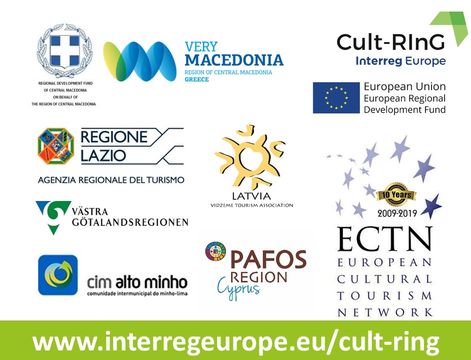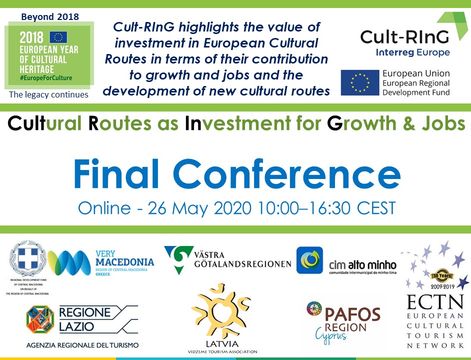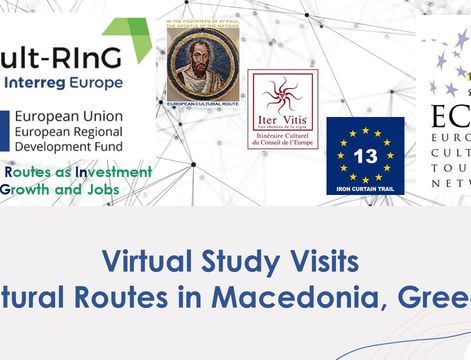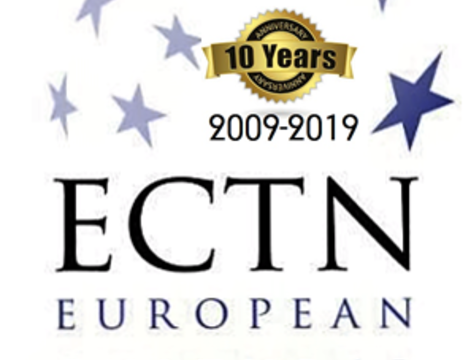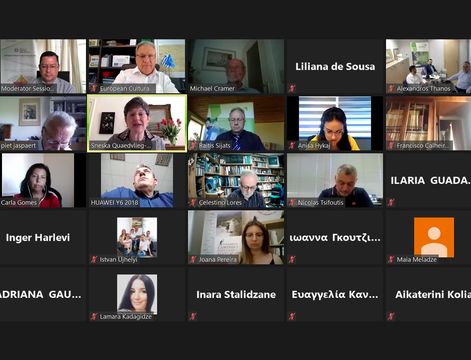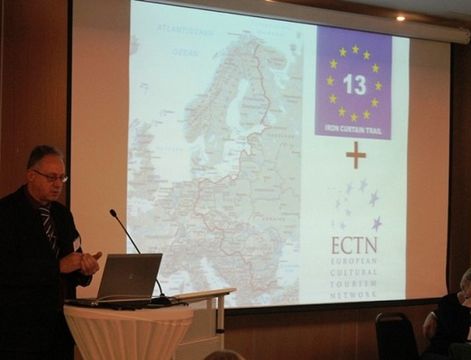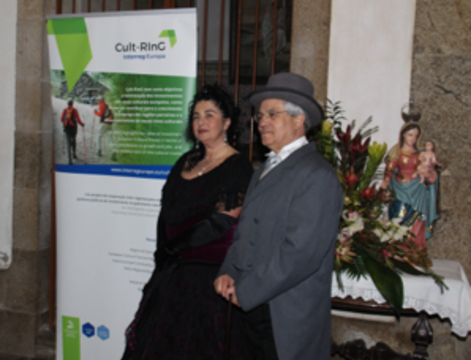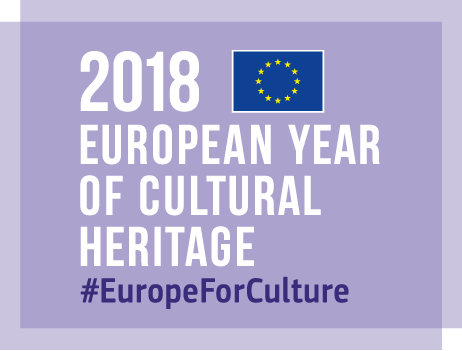The direct & indirect benefits of existing cultural routes for Growth & Jobs have been highlighted by the Cult-RInG project (Cultural Routes as Investment for Growth & Jobs), in the Interreg Europe programme of interregional cooperation. The assessment of these benefits in terms of socio-economic development has been based on a ‘Study on the Cultural Routes’ Impact on SMEs Innovation, Competitiveness and Clustering’, jointly launched by the European Commission and the Council of Europe.
The assessment of benefits has been enriched with evidence of success from existing cultural routes in the Cult-RInG partner regions, including Council of Europe certified Cultural Routes, such as:
‘The Hansa’ in north Latvia (in the cities of Valmiera and Limbazi, members of ‘The Hansa Cultural Route’ as well as Vidzeme Tourism Association, Cult-RInG project partner),
‘Via Francigena’ in Lazio Region, Italy (northern and southern parts)
‘Santiago de Compostela’ in north Portugal (Alto Minho, coastal route)
St Olav Ways in West Sweden (Vastra Gotaland region),
‘The Phoenicians Route’ proposals for itineraries in Cyprus (Pafos region),
Other routes, such as the ‘Wine roads’ in northern Greece (Central Macedonia Region), and
Mythology-based and intangible heritage related proposed routes (Aphrodite in Cyprus, Greece and Italy; ‘Argonautica’ from ancient Iolkos, present day Volos in central Greece to ancient Kolchis, present day Georgia and return via the Black Sea, Eastern and Central Europe, Mediterranean Sea to Greece).
Conclusions
The following conclusions are drawn by Cult-RInG Interreg Europe project regarding the independent assessment of existing cultural routes:
Cultural Routes are instrumental in promoting common European identity, deploying heritage and traversing borders for cultural tourism, as well as contributing to regional development by creating new jobs and new businesses, mainly SMEs and microenterprises.
Cultural Routes can offer unique, attractive and viable investment opportunities for Growth & Jobs.
The assessment of existing Cultural Routes in this respect is of high relevance to improving policy instruments, with mainstreaming to Operational Programmes & European Structural and Investment Funds (specifically in: Lazio Region, Italy; Norte, Portugal; Central Macedonia, Greece) and to regional tourism and cultural strategies (Vastra Gotaland, Sweden; Vidzeme, Latvia; Pafos, Cyprus).
Lessons for the development of proposed new Cultural Routes and improvements in existing routes are very important (eg: ‘St Paul’s foot steps’ through Cyprus, Greece and Italy; ‘Iron Curtain Trail’ – EuroVelo 13 Cycling route to be upgraded to a cultural route from Finland to the Greek/Bulgarian border; Argonauts’ return route, Aphrodite route; extensions to Santiago de Compostela in north Portugal and improvements to St Olav Ways in west Sweden).
The full Press Release can be downloaded from the 'Library' page of this website.




